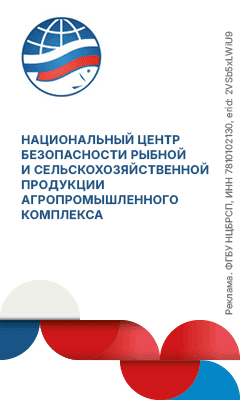“We summarize all positive experiences obtained from keeping Pallas’s cats in zoos and also collect and develop guidelines, which will be based on the experience of the Leningrad, Novosibirsk, and Moscow zoos,” said Mikhail Morozov, an employee of the Moscow Zoo and project coordinator for the EARAZA (Eurasian Regional Association of Zoos and Aquariums) program on Pallas’s Cat Studying, Preserving, and Breeding.
The guidelines will be developed at several stages. First, the experts will develop recommendations on enclosures, then on diet, and so on.
Almost all the Pallas’s cats in Russian zoos are related to the Novosibirsk manuls, the report says.
“Close inbreeding is unacceptable; pairing is impossible, which means that other options and other zoos have to be found. And our pair of Pallas’s cats are not related to other animals. It is a separate branch, which is very important in terms of artificial population,” the Leningrad Zoo told TASS.
This summer, the first manul was born there since 2007. It was named Shu, and it is the first offspring of male Sven and female Namika.
Pallas’s cats are listed in the Red Book of Russia and in the International Union for Conservation of Nature (IUCN) Red List of Threatened Species. The current Pallas’s cat population in the world is estimated at about 58,000 species. About 4,500-9,500 species live in Russia, the report says.









